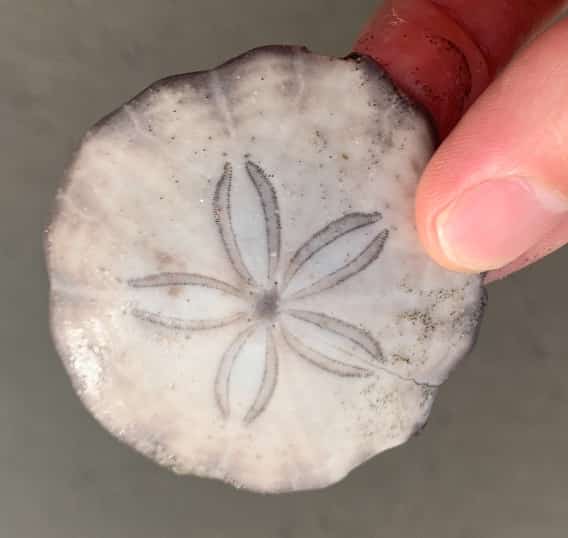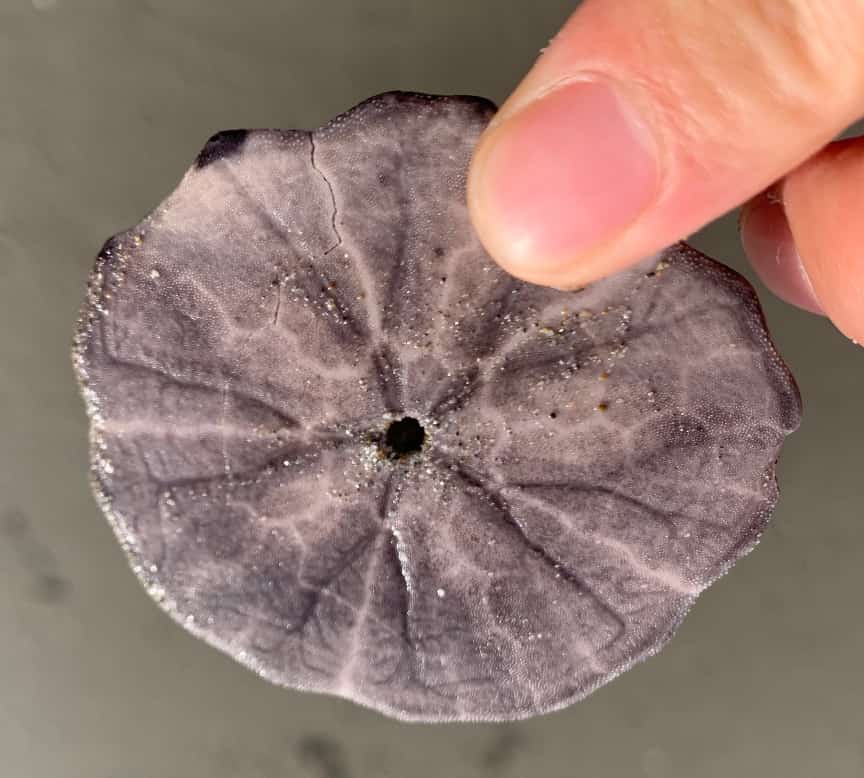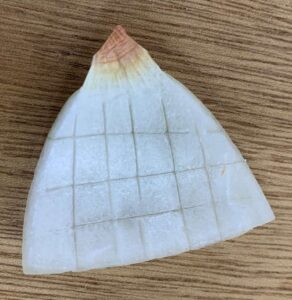The Sea Urchin’s Pillow: Unraveling the Science and Romance of “Tako-no-Makura”
I’m Ken Kuwako, a science trainer, and for me, every day is an experiment.
“What did you find when you went to the beach this summer?”
I often start my classes with that question. Today, I’d like to share an interesting topic that’s perfect for engaging students.
Recently, while walking along the beach, I came across a peculiar object on the sand. When I picked it up, I noticed it was hard, almost like a stone. Its surface was covered in a delicate pattern, and there was a small hole on the underside.


A quick image search revealed that this mysterious object was actually a type of sea urchin called a sand dollar. You might think of sea urchins as spiky creatures, but sand dollars are surprisingly flat. Since they aren’t edible, you’ll never find them in a supermarket.
The Japanese name for them, “Tako-no-makura,” literally means “octopus’s pillow.” One theory is that they got this interesting name because their shape looks like something an octopus might use as a pillow. However, the true origin of the name isn’t certain. In English, they are called “sand dollars” because their flat, round shape was thought to resemble a silver dollar coin lying on the sand. Both names are wonderfully imaginative and spark curiosity, don’t they?
Is a Sand Dollar Really a Sea Urchin?
By the way, is a sand dollar truly related to sea urchins?
Yes, it is! Sand dollars are classified as a type of sea urchin, belonging to the same group of echinoderms, which also includes starfish and sea cucumbers. Sand dollars, like sea urchins, have a hard shell. This shell is made of skeletal plates of calcium carbonate, a feature common to all echinoderms. These plates are fused together to form the shell.
This flat, perforated shell is what remains after the sand dollar dies and the soft parts of its body are gone. When they are alive, the surface of the shell is covered in short, fuzzy spines. They use these spines to burrow through the sand and to feed.
Using Sand Dollars in the Classroom
A sand dollar isn’t just a cool find; it can be a gateway to various scientific topics.
Biological Classification: Show students a sand dollar and tell them it’s a type of sea urchin. Their surprise and curiosity will naturally lead to questions like, “Why doesn’t it have spikes like other sea urchins?” or “What exactly is a sea urchin?” These questions can be used to introduce the concepts of biological classification and evolution.
Structure and Function: The hole on the underside of the shell is its mouth. They use it to eat organic material from the sand. This structure provides a perfect opportunity to teach how an organism’s body is adapted to its specific environment and diet.
The Wonders of Everyday Nature: This is a great chance to show students how something they found on the beach can be a fascinating scientific subject. By asking them, “What other mysterious objects might be on the beach?” you can inspire a greater interest in the natural world around them.
The next time your students bring in “souvenirs” from their summer vacation, they might just have a wonderful new science lesson in their hands!
For more information or collaboration inquiries:
Here at Ken Kuwako’s Science Channel, we make the wonders of science more accessible! Explore our fun, easy science experiments you can do at home.
About the author, Ken Kuwako: Learn more here
For collaboration requests (writing, lectures, workshops, TV supervision, etc.): Click here
– We post article updates on our X account!
![]() Our Science Channel has more experiment videos!
Our Science Channel has more experiment videos!


